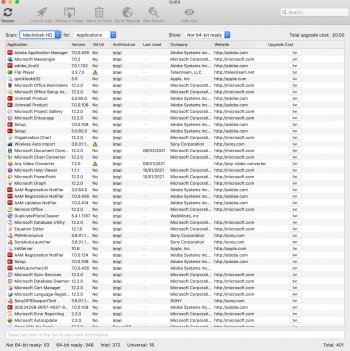I’ll never understand the “clean install” thing. Is it a holdover from the pre-OS X systems or is it from windows users?
A bit of both.
Sierra was the last version of MacOS that uses the HFS+ filesystem (journaled, journaled/encrypted, or otherwise) as the primary filesystem by default. Starting with High Sierra, APFS was the default filesystem used. If one did an upgrade from Sierra to High Sierra, they would still be stuck on the same HFS+ filesystem they had when they installed Sierra or upgraded to Sierra from any previous version of MacOS.
Also, I want to say that it was with Mavericks or Yosemite was when they dropped all 32bit libraries, so an in-place upgrade could still eave those libraries laying around. A clean install and reformat of the drive would always leave the Mac in a pristine condition.
That still holds true today; reformatting the OS drive, and being able to lay down a clean filesystem leaves the Mac in a fresh and clean condition.
For the OP, I'd also go straight to Monterey, but right now is not worth it; IOW, no need to rush. Wait until the .1, .2, or .3 update comes out, then Time Machine backup your Mac (to get you back to where you are in case of disaster), make a USB install stick based off your current OS, make another USB install stick of that update of Monterey, boot to that stick, reformat, lay everything down, and then use Migration Assistant to bring over your relevant applications and data from your TM backup, then you're set.
If all of it fails, you can boot to the USB stick based off of the previous OS that was on it, reformat, install the OS, and use Migration Assistant to bring everything over. Then you'd be back to where you started.
And even if you decide to not do any of that, the most important thing to do is to make that Time Machine backup.
BL.




